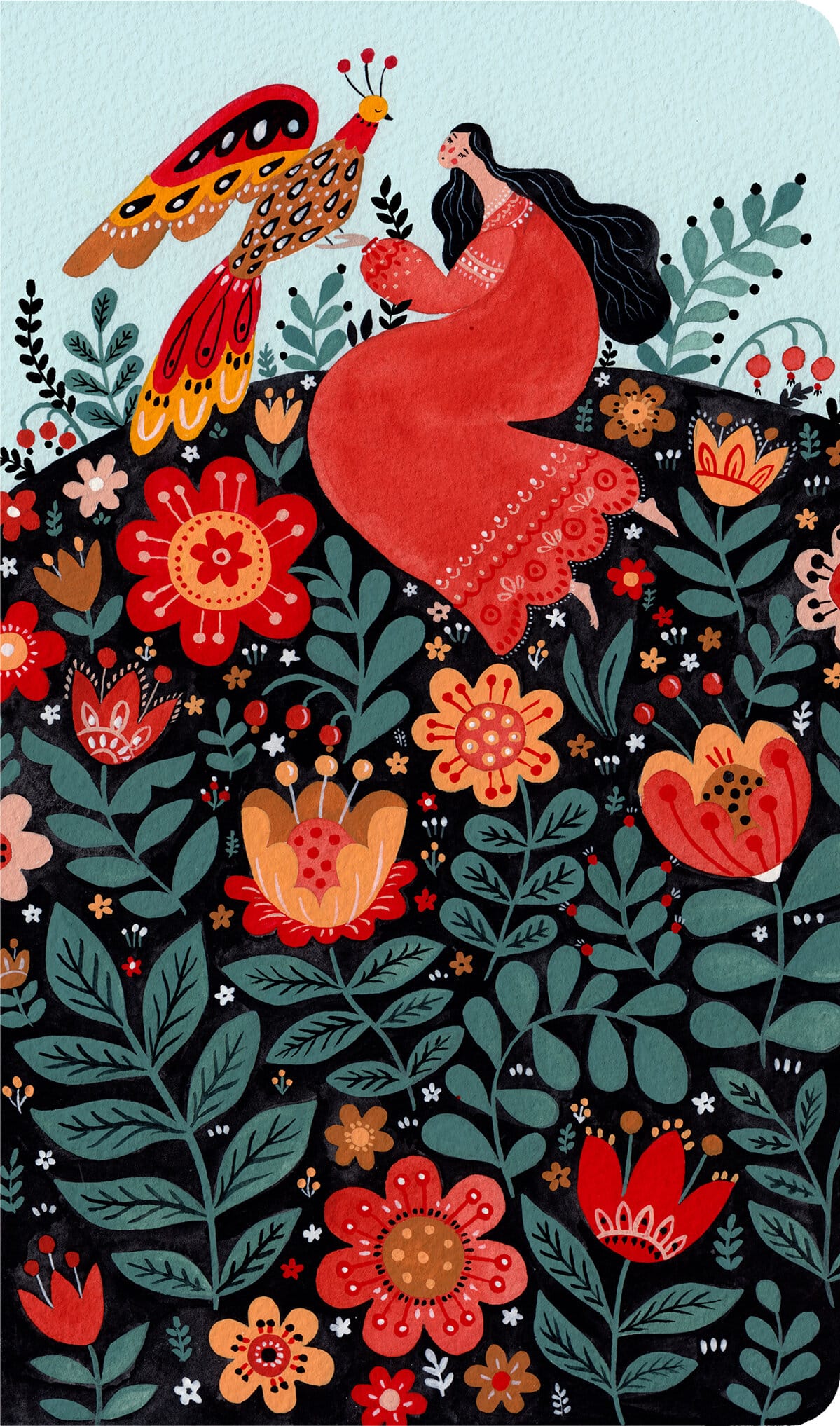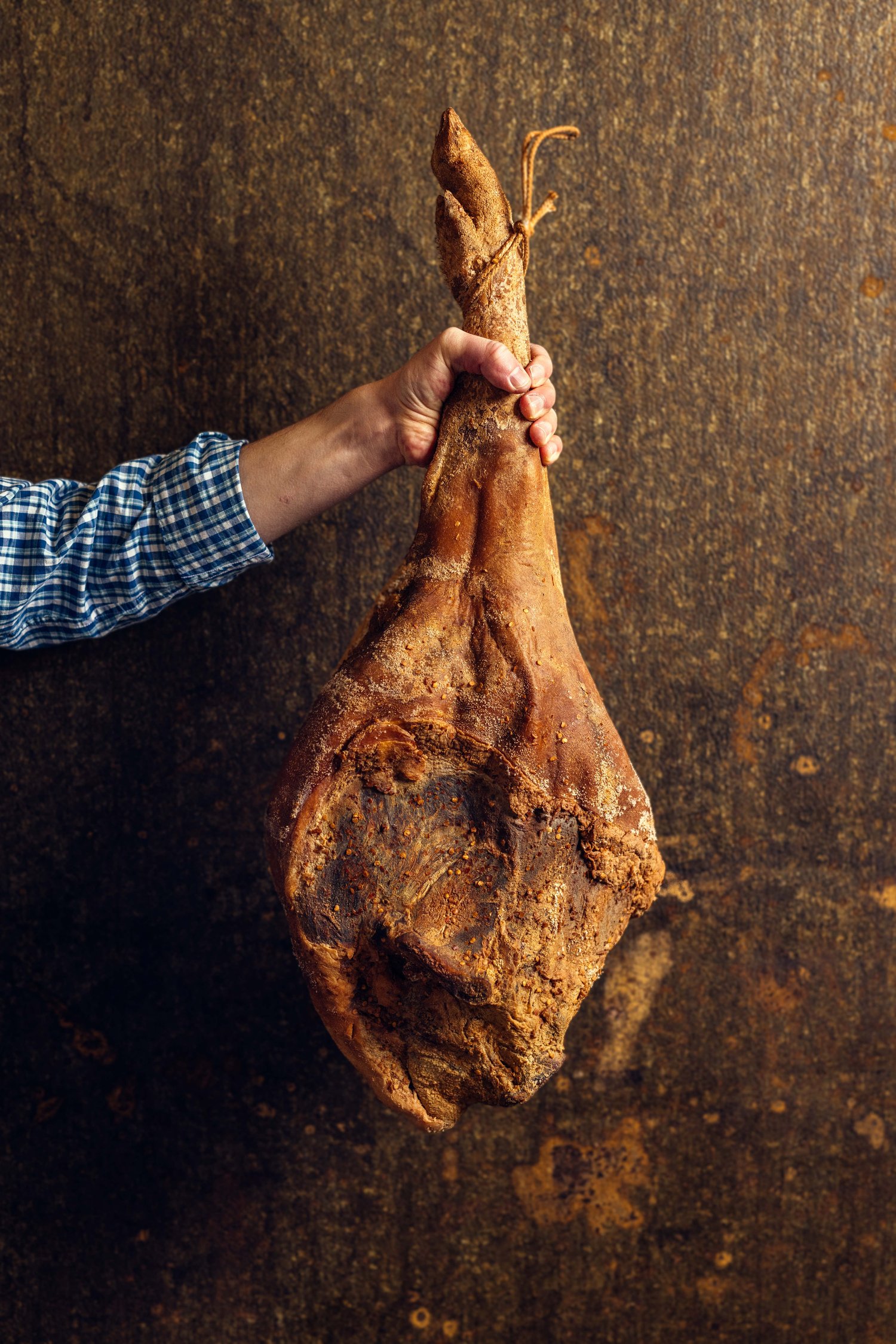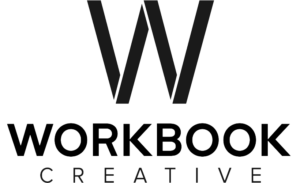On this episode of Workbook Radio, photographer Daniel Bedell talks to lifestyle photographer Andy Anderson about building a team for shoots, how to approach a shoot, and what makes shoot successful.
DB: “How do you approach working with, building a team, being a leader of a shoot? Is it a thing where you think ‘less is more?’ Or do you feel like, ‘Hey, I have a big team when I go out there, and I’m kind of in charge of this?’ How do you think about that?”
AA: “Well I never think I’m in charge. I left that back in my military days. I have several great producers who I work with, Richard Gaul, Sadie Callahan, Vail Palmer White. Those three people have been really instrumental in the success of my business. And you just hire a team that works well together. So the team I’ve been working with has worked together… for god’s sake…at least 10 to 15 years. You know?
” And if you build a team like [ours] then it’s super easy just to keep moving down the room; you don’t have to micromanage anybody. And I let the producer produce it because it’s his production. I mean, ultimately, I’m the one getting paid, but you have to step out of the way sometimes. The person will confer with me and talk to me about it, but most of the time I don’t do a lot of directing unless I have to.”
DB: “Is pre-production sort of homework? Is it a big thing for you?”
AA: “Absolutely.”
DB: “What does that look like for you? What are you doing?”
AA: “Well, I mean, pharmaceuticals you research the drug, research the illness, things like that. So it gives you a better understanding of what we’re trying to accomplish there. Your job as a photographer, your job at the end of the day, is to bring that vision to life for the client. That’s your job. And that’s a big tall order. Right? If you think about it too much, it’s kind of stressful. But, you know, I put fires out for a living, so doing this has not been that hard.”
DB: (laughing)” You know a lot of photographers say they put out fires, and they mean it metaphorically. It’s interesting you actually put out some fires.”
AA:” Yeah. But, you know, I don’t understand why, and I don’t think…I know this is not your question, but I don’t understand why people think it’s…they overthink it too much. Run your business like you would want to be treated, how you would want to be treated. Treat your clients how you would want to be treated.
“At some point when you’re working on a job, you can give your point of view, but you’re kind of paid to shut up at some point, right? A lot of these photographers will get on set and go, ‘Well, I’m not going to do that.’ Well, yeah you are, because that’s what you were paid to do. Right? So the collaboration is a big thing for me. Did I answer your question?”
DB: “Yeah! One more thing about team. You know some people I’ve talked to, it’s important to them to have a big internal team. You know, people that they’re employing all the time whether that’s their—”
AA: “It’s just because of their egos.”
DB laughs.
DB: “So do you have little-to-no permanently employed team?”
AA: “I have a full-time office manager, and he’s been with me about ten years now…Michael Perez. He does my retouching. And that’s really all I need. I mean, he can do the job of three people.”
DB: “Why do you say it’s ego that drives some people? They just want a big team to look cool?”
AA: “I think it’s insecurities. I mean it’s like…I dunno. I just feel like it’s…why do you need all that overhead?”
DB: “Yeah.”
AA: “You know what I mean?”
DB: “Well I think that’s a question a lot of people are trying to sometimes figure out is, like, ‘Okay, if I put in more overhead, is that going to make what I produce better?’”
AA: “What’s going to get you more work is your work! That’s what’s going to get you more work. And your relationship with your clients, the way you treat other people. That’s the way you’re going to get work. It’s not by building this big studio and all this bling and all that other stuff.
“I just think it’s important to be careful of all the overhead you have. I mean I have a small office in Mount Hope where I live. It’s about 1,500 square feet. I have a big dark room and a place to store my camera gear and all that other stuff, but it’s adequate for me.”
DB: “You were talking a little bit about your collaboration with the client on set. I think some people think, ‘Hey, once I get to be big or someone like Andy who’s doing big work that I want to do, he’s not going to collaborate. He’s going to do his thing and that’s why they’re hiring him and if he doesn’t want to shoot something he’s going to say “Screw that; I’m not shooting that.”’ But it sounds like maybe that’s not at all how you approach things?”
AA: “No! Not at all! I mean, you’re getting paid to do something. So where it starts is the collaboration conversations early on. To really find out what’s the essence of of this project, right? Whatever it is. But the fact that you need to…I just think that’s the wrong approach…to have that kind of attitude. I just don’t think it’s…it’s not warranted. Not needed.”
You can listen to the full episode below!
Check out Daniel Bedell’s Workbook portfolio and Instagram.
Check out Andy Anderson’s Workbook portfolio and Instagram.
For all the latest on Workbook radio, make sure you follow us on libsyn and Instagram!




